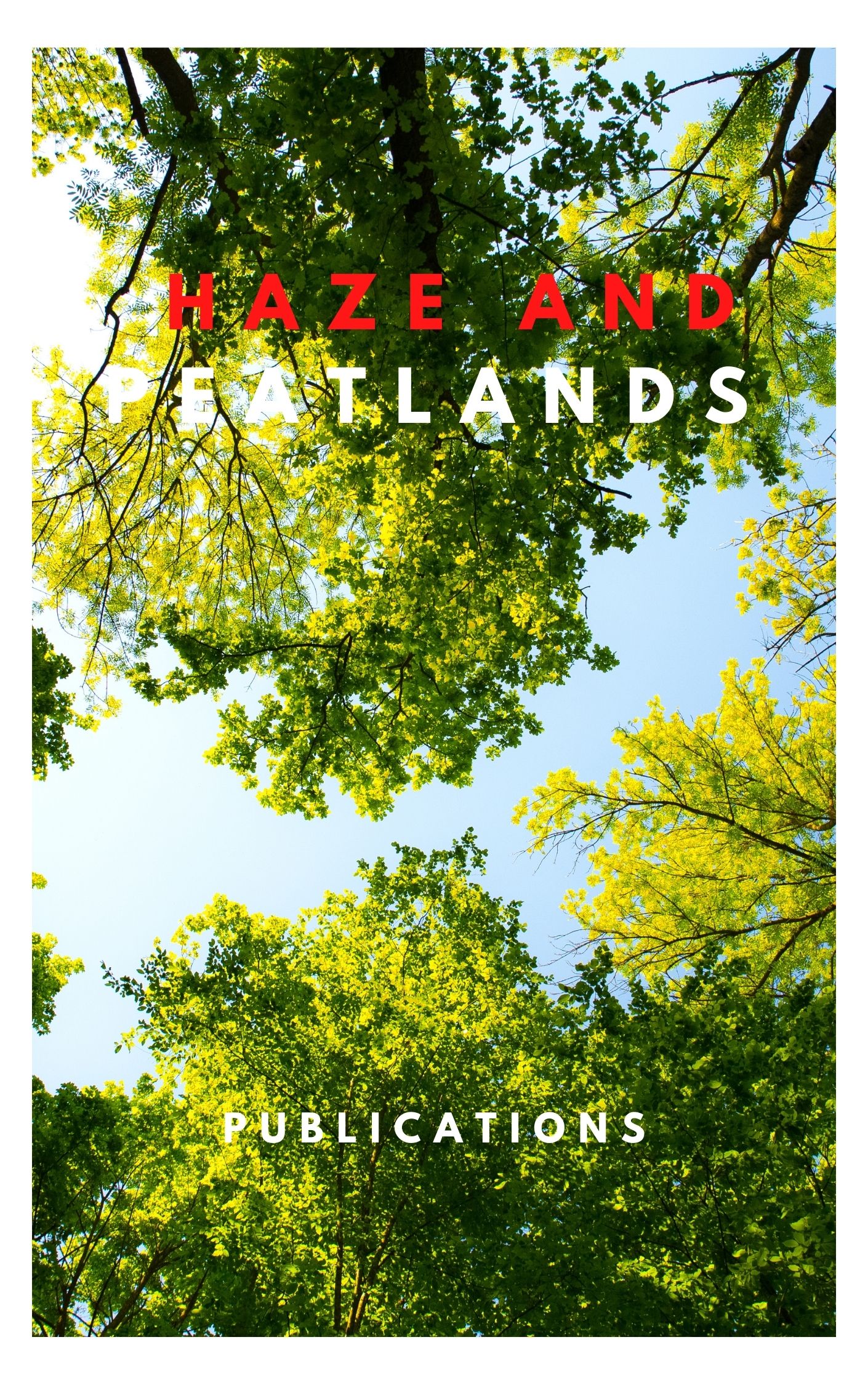Hydrological management in the use of peatland for agriculture is the backbone of its sustainability and a critical factor in climate change mitigation. This study evaluates the application of an integrated water management practice known as the Water Management Trinity (WMT), implemented since 1986 on a coconut plantation on the eastern coast of Sumatra, in relation to CO2 emissions and subsidence rates. The WMT integrates canals, dikes, and dams with water gates to regulate water levels for both coconut agronomy and the preservation of the peat soil. The WMT has successfully regulated and maintained an average yearly water table depth of -45 to -51 cm below the surface. The methodology involved a closed chamber method for measuring soil CO2 flux using a portable Infrared Gas Analyzer, conducted weekly over a six-month period to cover dry and rainy season at bi-modal climate condition. Subsidence measurements have been ongoing from 1986 to 2022. The results show bare peat soil has heterotrophic respiration CO2 emissions of 7.77 t C-CO2 ha- 1 yr- 1, while in coconut plantations 7.99 t C-CO2 ha- 1 yr- 1, similar to emissions in mineral soils. Autotrophic respiration leads to the overestimation of CO2 emissions on peatland and accounts for 212-424% of the total emissions. The cumulative subsidence from 1986 to 2022 is -56.3 cm, with a soil rise of +0.8 cm in 2022, indicating a flattening rate of subsidence. This is characterized by an increase in bulk density at the surface from 0.072 to 0.144 gr/cm3, with approximately 81% of the subsidence being due to compaction. The statistical analysis found no relationship between water table depth and CO2 emissions, indicating that water table depth cannot be used as a predictor for CO2 emissions. In summary, peatland agriculture has a promising future when managed sustainably using an integrated hydrological management system.
View source

